The term safety glass inspires confidence and is essential for all kinds of projects, from a skylight and patio furniture to the all important shower door. Safety glass acts more like a safeguard, designed to withstand the elements and does a pretty good job of significantly cutting down the number and severity of broken window and door glass laceration injuries and deaths. It basically encompasses that it has to be hit much harder in order to break. When you’re on the lookout for safety glass, you’re basically left with two prime options to choose from; laminated glass and tempered glass. Laminated glass and tempered glass are both strong, but they work in different ways.
Post your Requirement
Suggested Read : Types of Fire Rated Glass?
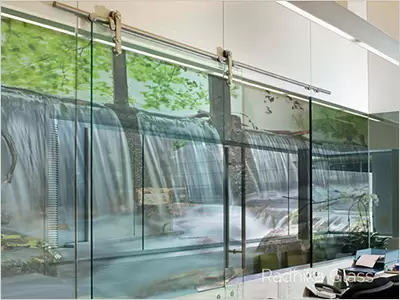
Laminated Glass
Laminated Glass
Laminated glass consists of two pieces of glass, usually float glass, joined together with a plastic or PVB plastic layer in between (safety glass), which is designed to hold it in place when it breaks. This plastic comes in different sizes and can either be tinted or clear. When laminated safety glass breaks, it will flex before shattering thus reducing the risk of injury. One of the biggest advantages of laminated glass is that if and when it does break, the broken glass sticks to the enclosed plastic rather than falling to the floor and creating a potential mess and health hazard.
Additionally, it also had the added advantage of blocking nearly 99% of the Sun’s ultraviolet rays and therefore it’s almost a near certainty in skylight fixtures as it effectively screens out the radiation and prevents the glass from fading as well. Laminated glass also provides high sound insulation and can thus help with soundproofing. Although it’s termed as laminated glass, it’s essentially a process and you can laminate pretty much any glass including a tempered glass. This makes laminated glass a standard for vehicle windshields.
Pros
- Glass Pieces are held together when it is broken thus minimizing incidences of injury
- Burglar Proof as breaking it involves a lot of effort and creates a lot of noise
- Provides sound proofing in high traffic and noisy areas
Cons
- Laminated glass is generally more expensive then tempered glass
Suggested Read : What is Laminated Glass?
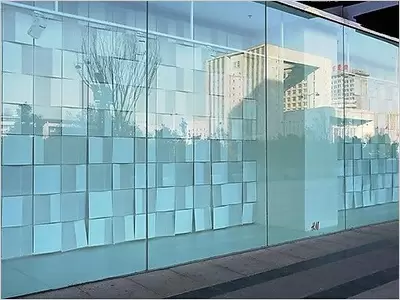
Tempered Glass
Tempered Glass
Tempered glass is a monolithic heat treated piece of glass and is 5 to 10 times stronger as compared to a basic annealed sheet of glass. Tempered glass cools rather quickly as compared to its counterparts and that’s what makes it stronger. It is very strong, but if broken, breaks into many small, almost regularly shaped pieces with no long sharp cutting shards which could potentially harm people around. This is why it’s called a type of safety glass.
Tempered glass can also sustain a far greater load compared to the regular glass but once the tempering process is complete, it can’t be drilled into. Any such procedure like polishing or drilling needs to be done pre-toughening of the glass. Tempered glass is a popular fixture in corporate buildings, elevator glazing and big malls as its wind resistant and can also bend easier without breaking.
Suggested Read : What is Tempered Glass?
Pros
- Much cheaper compared to laminated glass
- Tempered glass can take a higher load and deflects further before breaking
- Tempered glass, if shattered, facilitates for easier clean up as the pieces can easily be vacuumed or swept away
Cons
- Offers limited customization as once the glass has been strengthened, it cannot be cut easily or it might shatter
- Although stronger than regular glass, it can’t compare to the toughness offered by the laminated glass.
Check out our range of Window Hardware products at McCoy Mart such as window handle, best aluminium window handles and more.

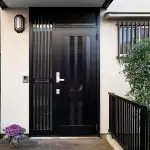
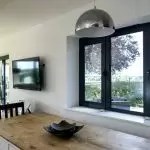

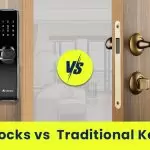

















Post A Comment